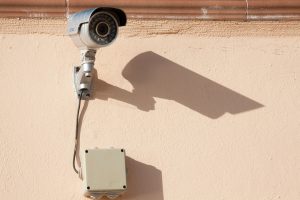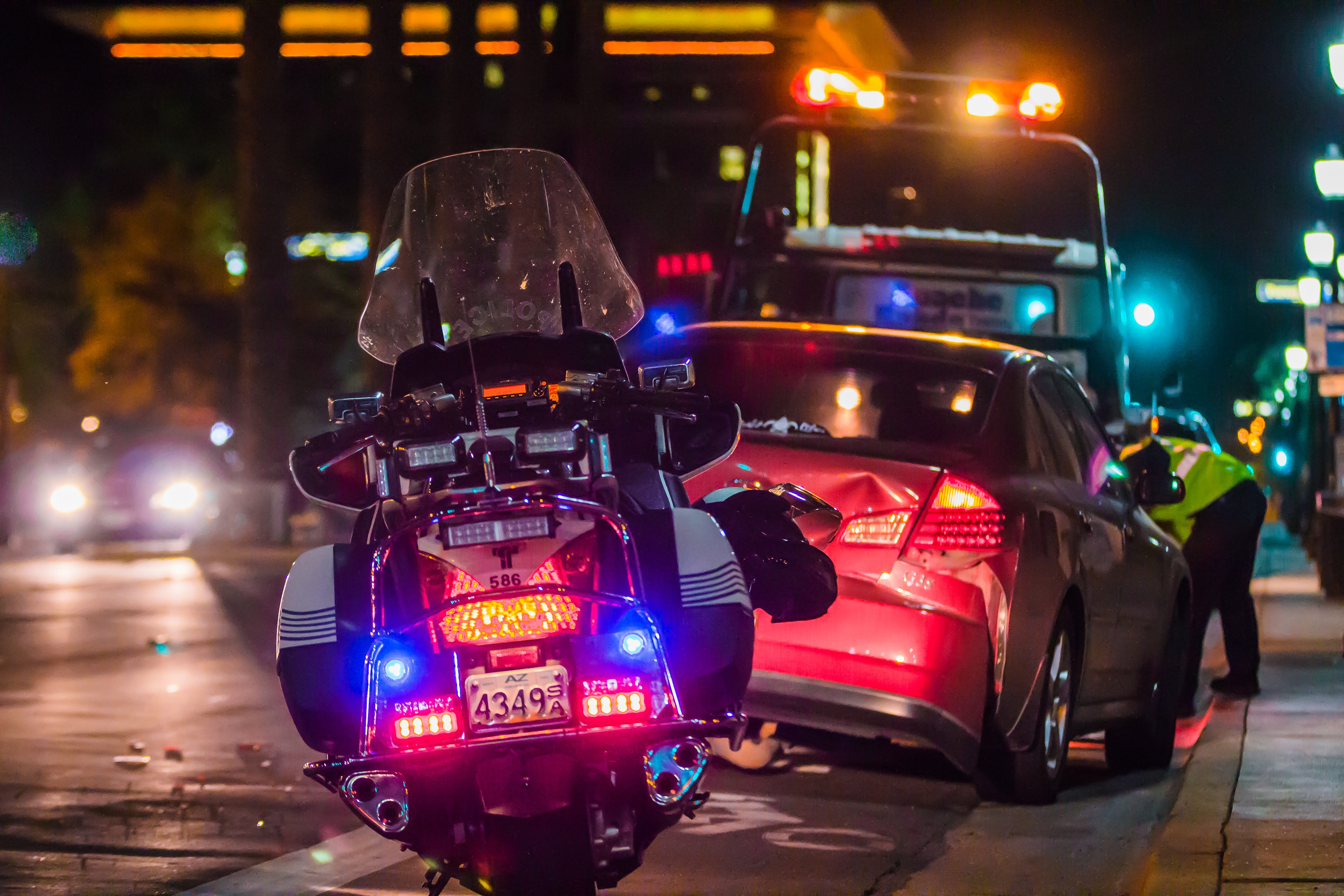If you didn’t wait too long to speak to a lawyer, evidence such as surveillance camera recordings and dashcam footage might still be available.
Car accidents are an unfortunate reality of the road, leading to thousands of deaths and injuries every year. For those that survive these traumatic encounters, their troubles don’t start and end at the moment of impact. From long-term health complications to a slew of unexpected costs, a wreck can affect almost every aspect of your life for years to come.
Thankfully, you may have an opportunity to recover compensation for your medical expenses, lost wages, and other losses by filing a personal injury claim. However, getting your hands on a settlement is rarely straightforward as you will not only have to gather strong evidence to support your case, but also develop strategies to tackle any disputes that might arise throughout proceedings.
As such, you may be wondering what kinds of evidence you may need to help your case cross the finish line. To begin with, you won’t need to look further than the accident scene as the wreckage and nearby area are often a treasure trove of compelling proof.
“You will need to show what happened and who caused the wreck,” says Ryan D. Harris, managing attorney of Harris Personal Injury Lawyers. “Think of it as a puzzle, and the evidence at the scene as the individual pieces. Once you’ve put them together correctly, you should have a complete picture of what transpired.”
While your fact-finding mission will extend beyond the accident scene—for instance, you may need to obtain copies of your medical records, compile financial documents, and consult with expert witnesses—taking time to document the wreckage could help build a strong foundation for your case going forward. Let’s look at some of the steps you should take immediately after the collision:
Take Pictures of the Accident Scene
Debris from the wreckage could be scattered by the wind, road markings erased by a steady flow of traffic, and damage to vehicles repaired overnight. These are just a few examples of crucial pieces of evidence that might not be available when you visit the accident scene the next day—so it’s important to act fast.
Grab your smartphone and start taking pictures to preserve such proof before it is no longer available. (If you were transported to hospital, you should ask a family member or friend to document the wreckage on your behalf.) Make sure that you snap photographs from multiple different angles and distances so that every aspect of the scene has been captured. You should also take pictures of your injuries as these images may not only make it easier to tie your condition to the wreck, but could also help illustrate the severity of your wounds.
Take Down Eyewitness Statements
Did someone else see the accident take place? Their account could help corroborate your version of events, helping you prove liability during proceedings. Whether it’s another driver, passenger, or a bystander, take down their names and contact details in addition to a short statement of what they saw.
“As attorneys, it’s likely that we will want to reach out to any eyewitnesses to determine whether their deposition could help strengthen your case,” says Alexander L. Pal, a personal injury attorney at Obral Silk & Pal in Ohio. “However, eyewitnesses can quickly forget what they saw, so it’s important to reach out as soon as possible before their memories fade and accounts become unreliable.”
Obtain Dashcam Footage
While dashcams were once reserved for the wealthy elite, mass-produced iterations of these tiny cameras have lowered the barrier of entry so that almost every motorist can afford to outfit their car with an always-on recording device. As such, it’s likely that someone captured footage of the moments leading up to the wreck, potentially giving you access to strong evidence to support your claim.
You should ask any other drivers at the scene whether they might have recordings and request copies of these videos. Additionally, if you spot any surveillance cameras near the accident scene, you should ask the property owners for the video files these devices captured.
Write Down What You Can Remember

You might think you’ll never forget what happened on this fateful day, but even the most traumatic memories will fade over time. As such, it’s important to write down everything you can remember in the moments before, during, and after the collision. You should avoid speculation, so try to stick to the facts. Your first-hand account will be useful to reference later when your attorney starts building your case.
What If I Wasn’t Able to Gather Evidence at the Scene?
Don’t worry; a skilled personal injury attorney may be able to help you collect the necessary proof to build a strong claim. Ultimately, while important, evidence at the accident scene is just one of many pieces of a larger puzzle.
Additionally, if you didn’t wait too long to speak to a lawyer, evidence such as surveillance camera recordings and dashcam footage might still be available. Together with the help of an accident reconstruction expert, your legal team might be able to put together a complete picture even if there are a few pieces “missing”.
That said, you should make use of any opportunity you have to gather evidence as you never know how long it will be available. As such, taking time to document the accident scene could be one of the most important steps you take in your fight for a fair settlement.


Join the conversation!